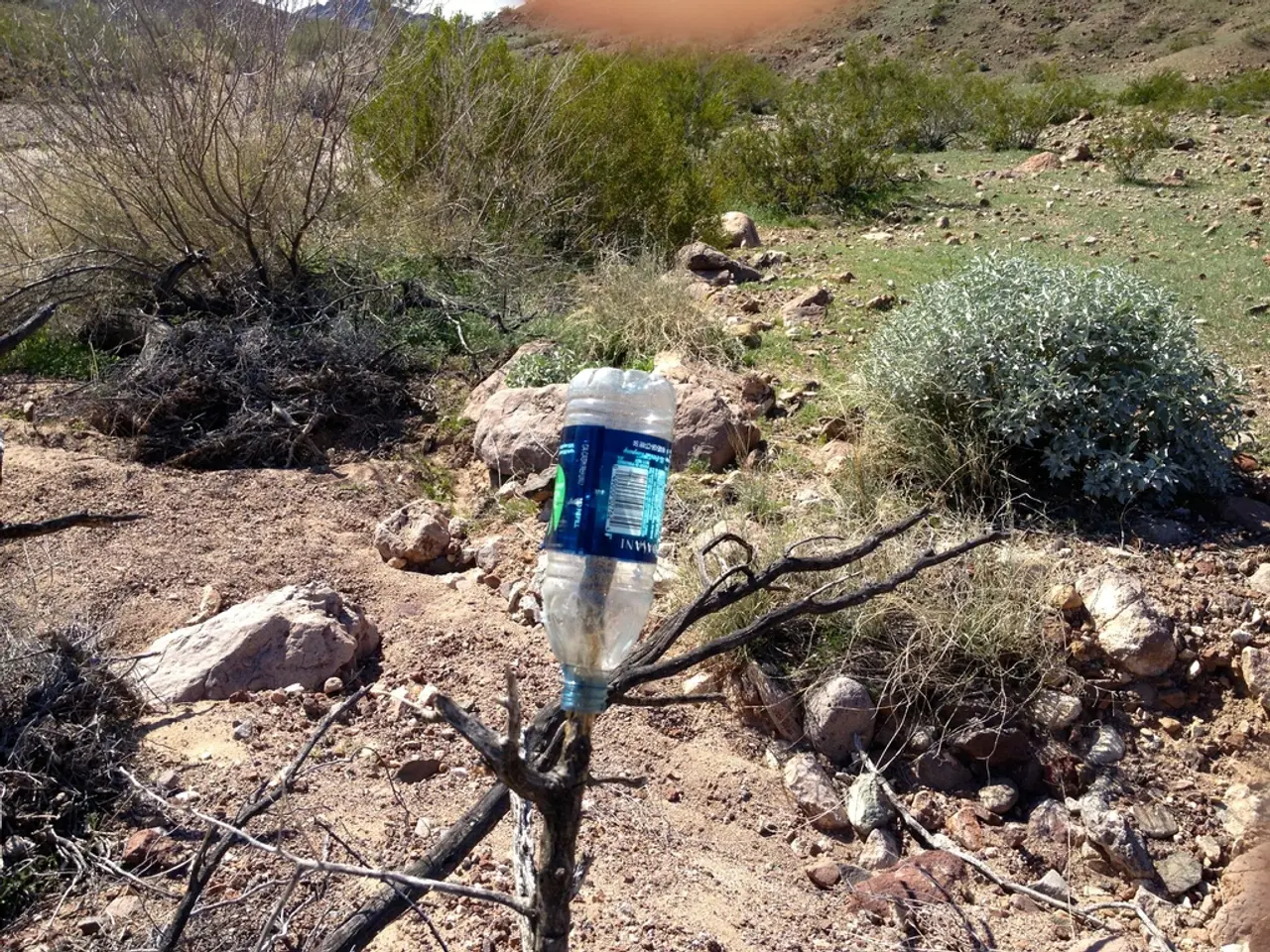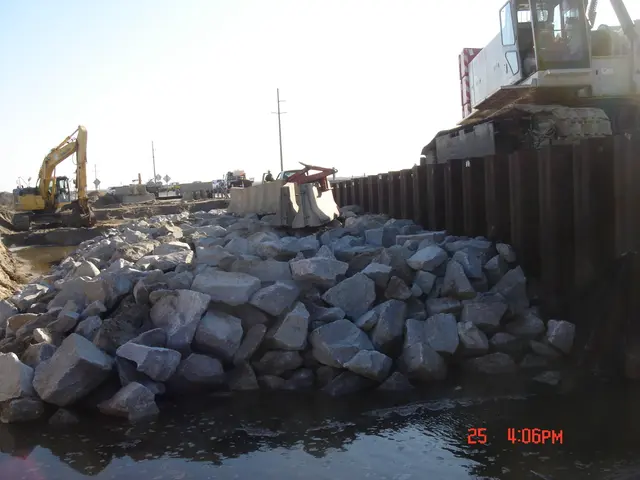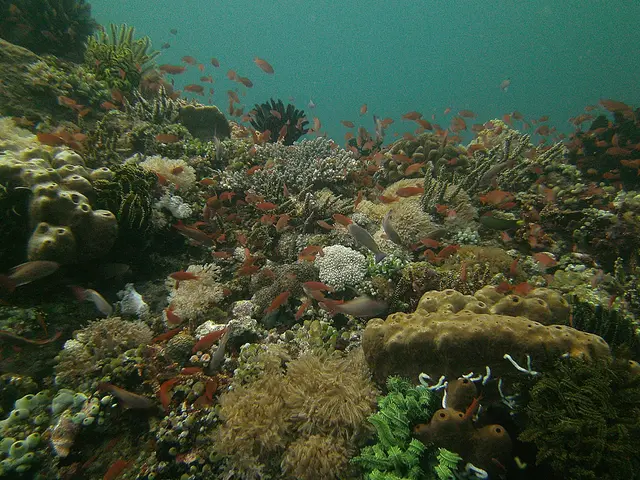Top Outdoor Science Resources Offering Engaging Learning Experiences That Ignite Curiosity
In the pursuit of a more engaging and effective learning environment, educators are increasingly turning to outdoor education as a means to connect textbook concepts with real-world phenomena. The Schutzgemeinschaft Deutscher Wald (SDW) – German Forest Protection Association, an organization that developed an outdoor learning program specifically designed for earth science education, is leading this movement.
Outdoor learning environments offer numerous benefits. Students show increased focus when studying insects, testing water quality, or examining rock formations outdoors. This hands-on approach helps kids grasp complex scientific principles through direct observation. The multi-sensory experience of outdoor learning creates stronger neural connections for long-term retention, making concepts more memorable.
To facilitate this immersive learning experience, essential field equipment is crucial. High-quality magnifying glasses, measuring tools, digital thermometers, pH strips, portable microscopes, waterproof notebooks, and colored pencils are just a few examples. For close-up observations, digital microscopes with USB connections let students capture detailed images of specimens with magnification up to 1000x.
Water temperature probes monitor thermal conditions for aquatic habitats, while conductivity sensors measure dissolved solids in water samples. Stream flow meters measure water velocity and volume, and the Water Rangers Education Testkit measures pH, conductivity, and dissolved oxygen levels in various water sources. These tools help students understand the intricacies of aquatic ecosystems.
For terrestrial studies, topographic maps aid in understanding elevation changes, landform identification, and terrain analysis. Soil testing and earth science kits help students understand soil composition, pH levels, and nutrient content. Field guides identify common aquatic species and organisms, while plant identification cards and apps like PlantNet assist in identifying plant species.
Outdoor science education also encourages global collaboration. Platforms like iNaturalist, Seek by iNaturalist, and eBird allow students to record and share their observations, contributing to real scientific research and global databases. Journey North tracks seasonal changes and wildlife migrations through collaborative citizen science projects, fostering a sense of connection and shared learning.
Safety and specimen collection materials are also essential. First aid kits, clear plastic containers, mesh nets, butterfly nets, sieves, protective gear, and weather-resistant backpacks ensure students can explore safely and responsibly. Collection containers store plant specimens for observation, while portable plant presses preserve plant specimens for further study.
The MESD Outdoor School's Plant Field Study Curriculum offers essential tools for hands-on botanical exploration, while the USDA Forest Service Toolkit provides comprehensive lesson plans, activities, and curriculum guides for outdoor education. The GLOBE Program-aligned soil test kit offers comprehensive analysis of nitrogen, phosphorus, and potassium levels using safe TesTabs.
Animal track casting supplies, such as Plaster of Paris, metal track forming rings, release spray, collection bags, track identification guides, measuring tools, and waterproof markers, provide opportunities for students to study wildlife up close.
Outdoor learning transforms abstract theories into memorable experiences. By immersing students in natural environments that spark curiosity and promote active learning, we can foster a new generation of scientists, explorers, and environmental stewards.
In conclusion, outdoor learning offers numerous benefits for earth science education. With the right equipment and resources, students can engage in hands-on learning experiences that foster a deeper understanding of the natural world. Organizations like the SDW are leading the way in providing outdoor learning programs and resources for educators and students alike.







